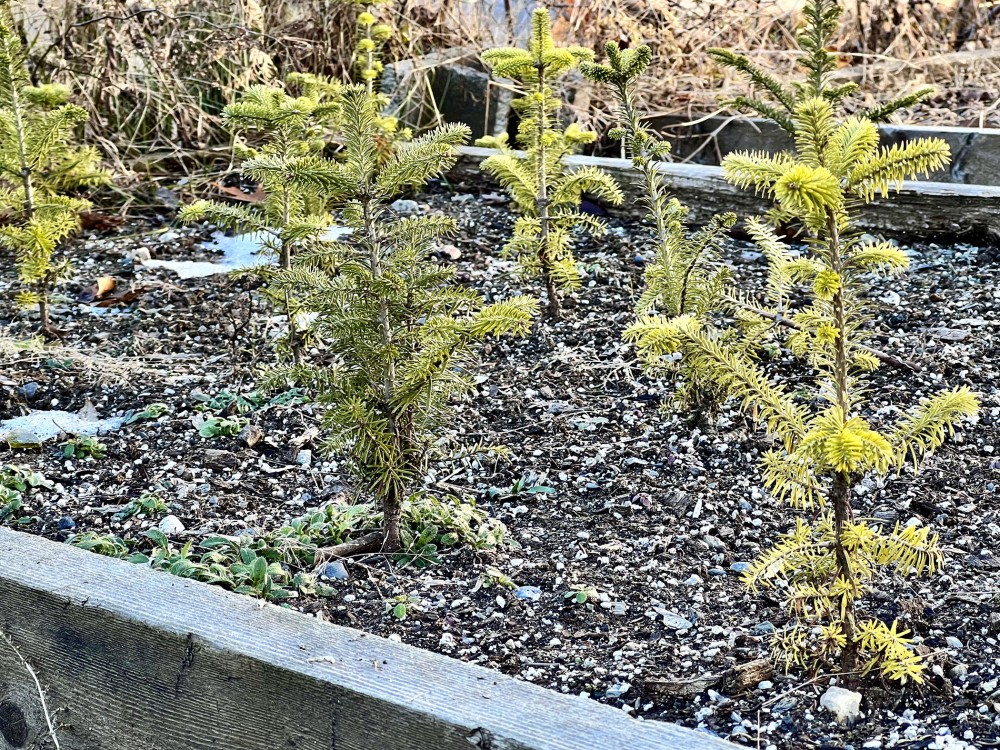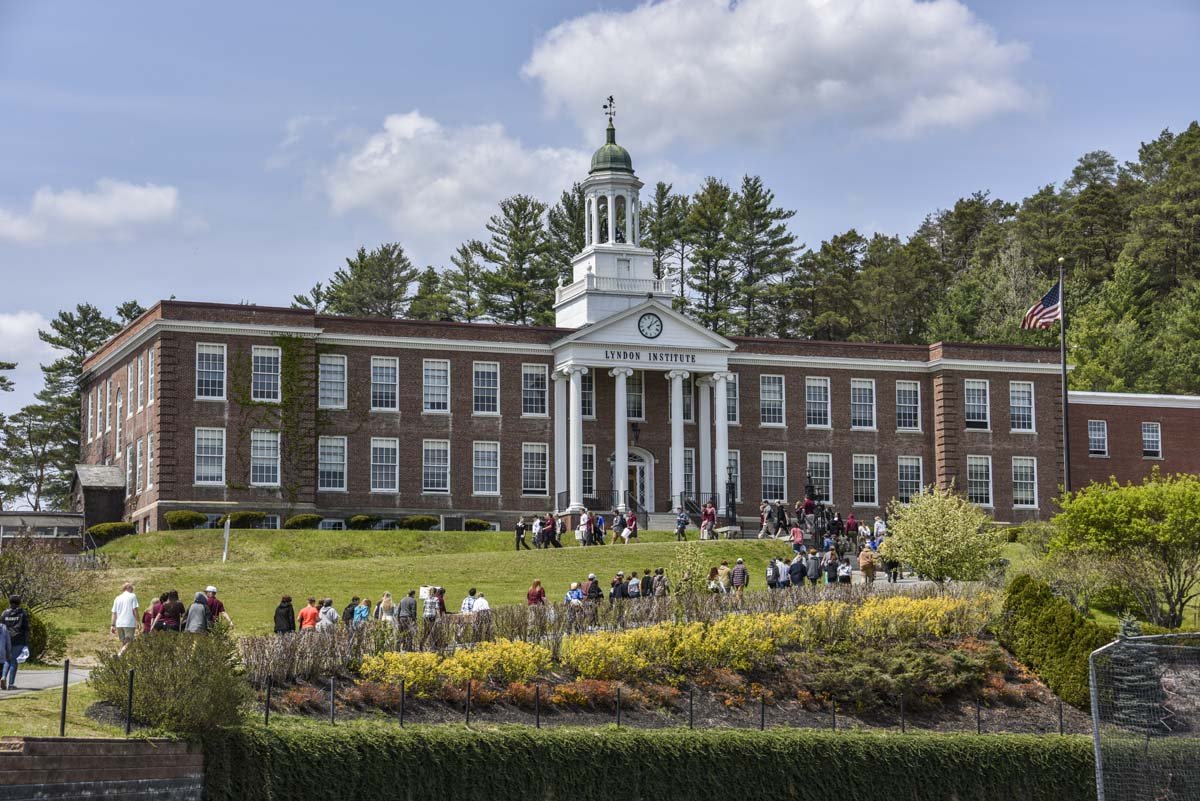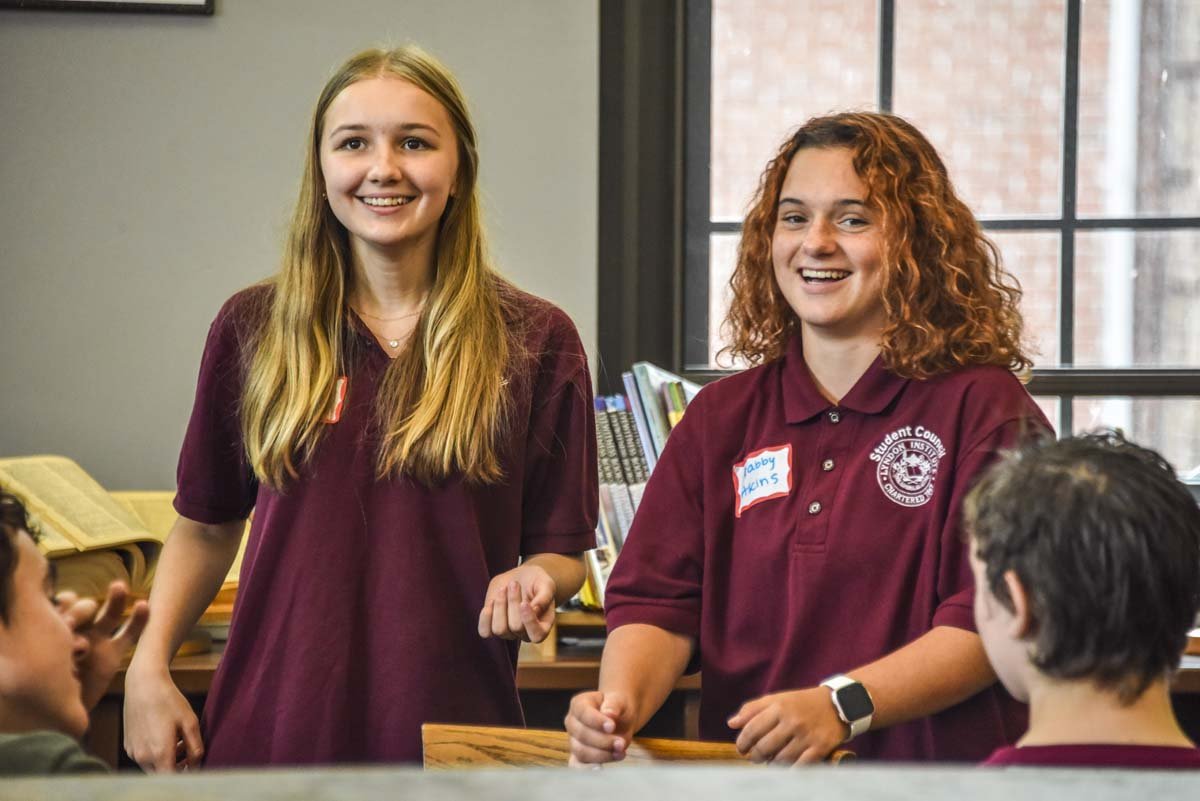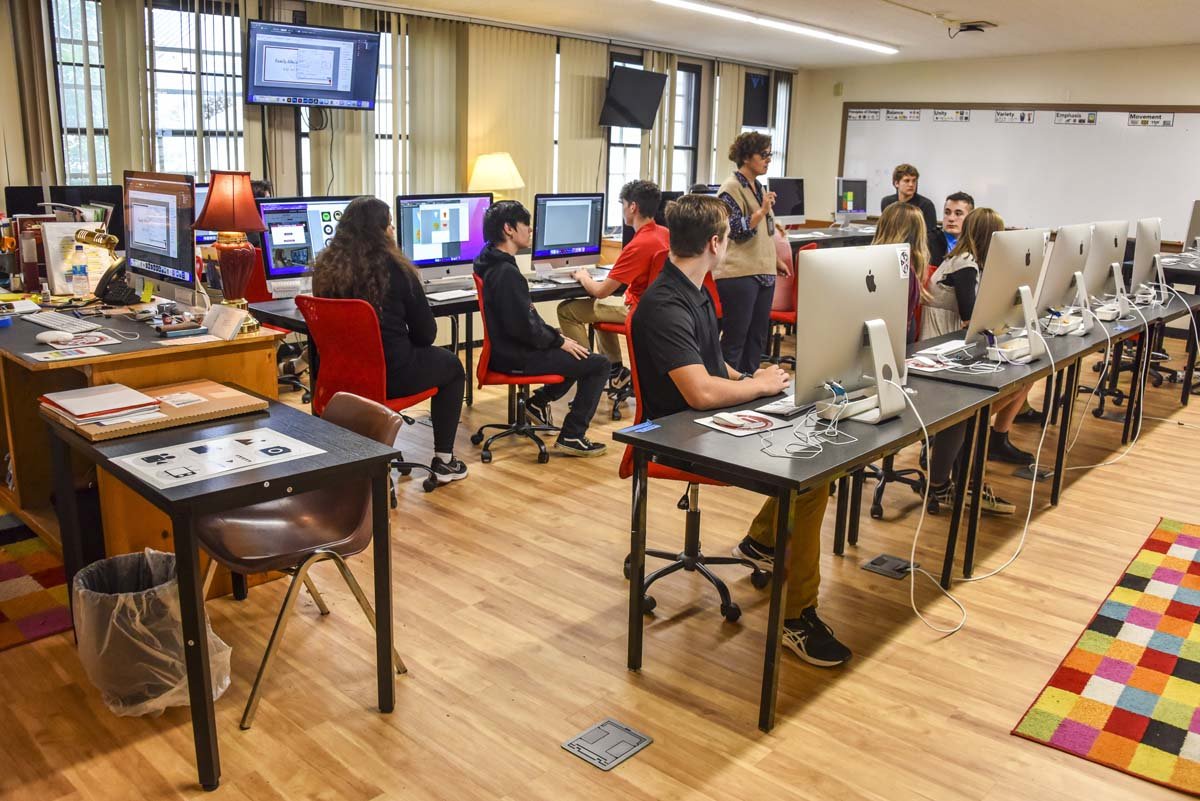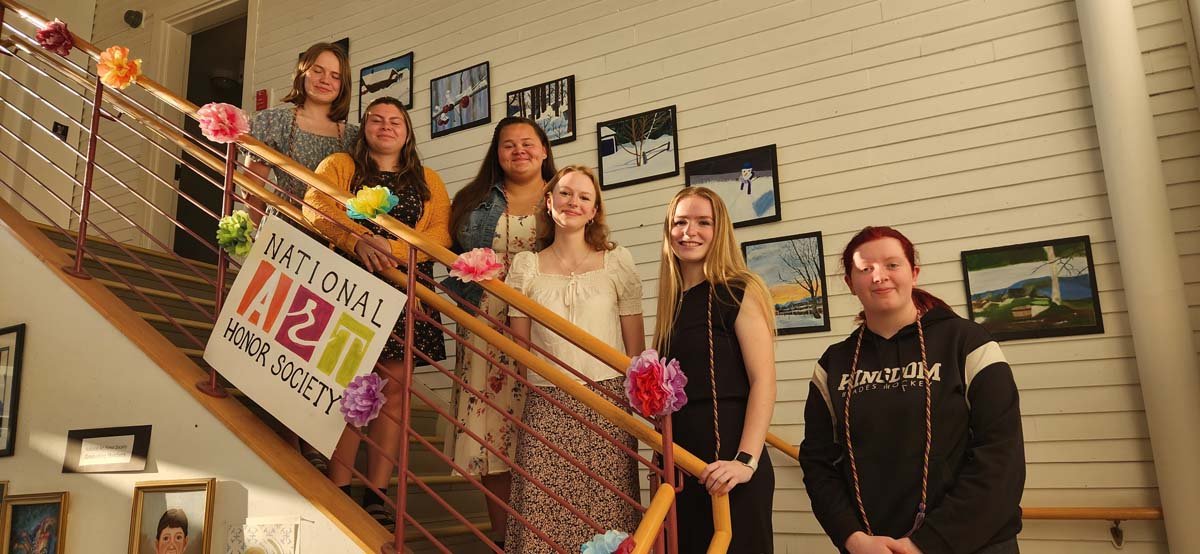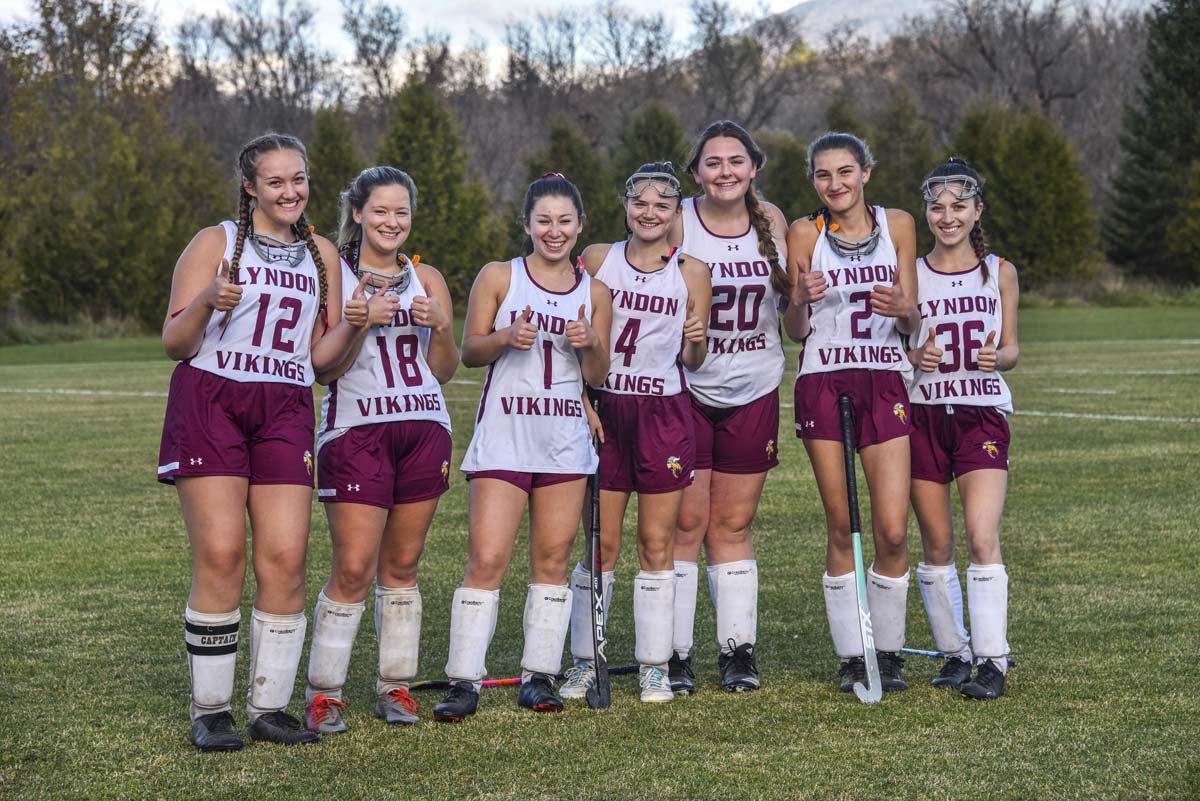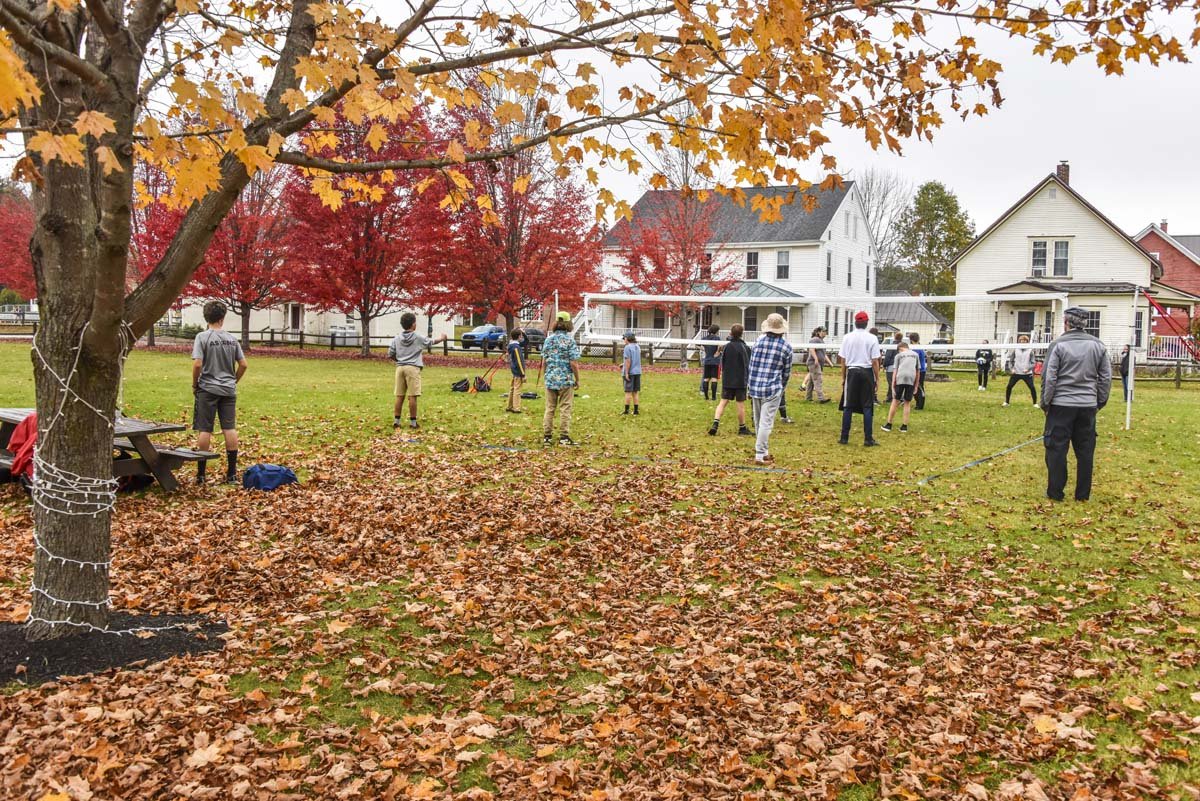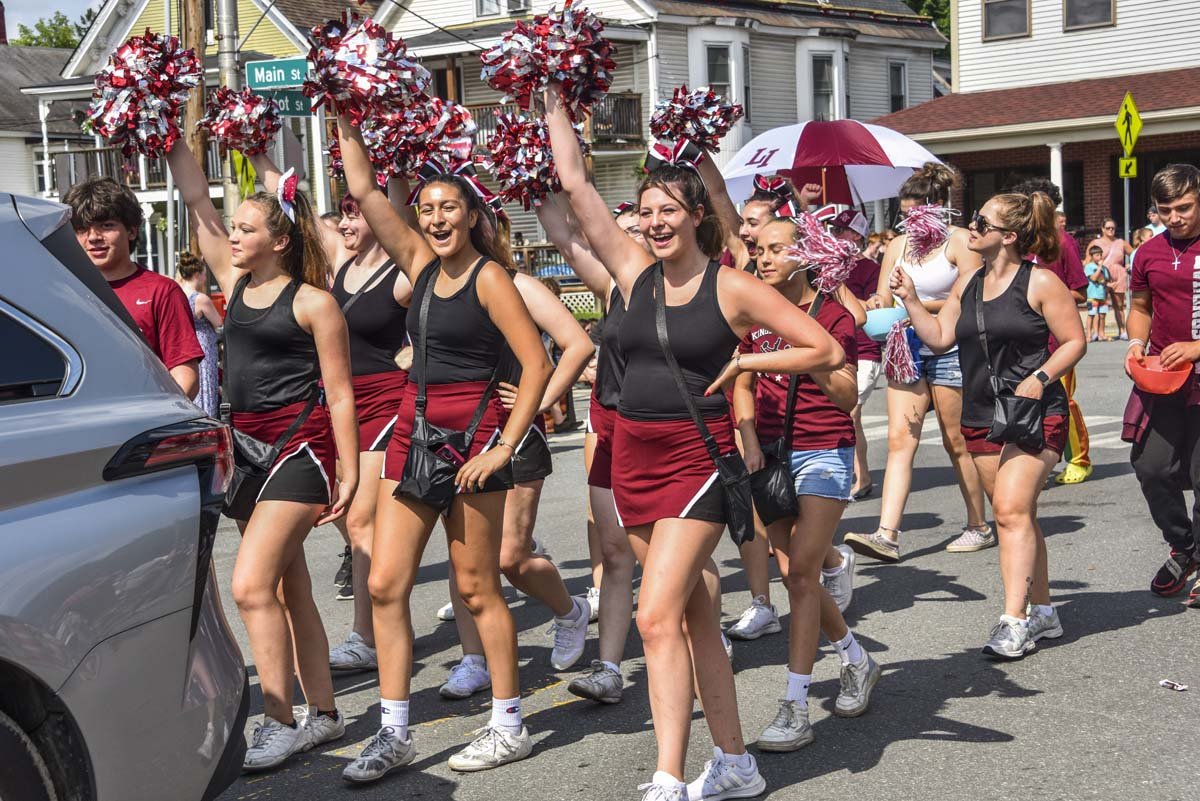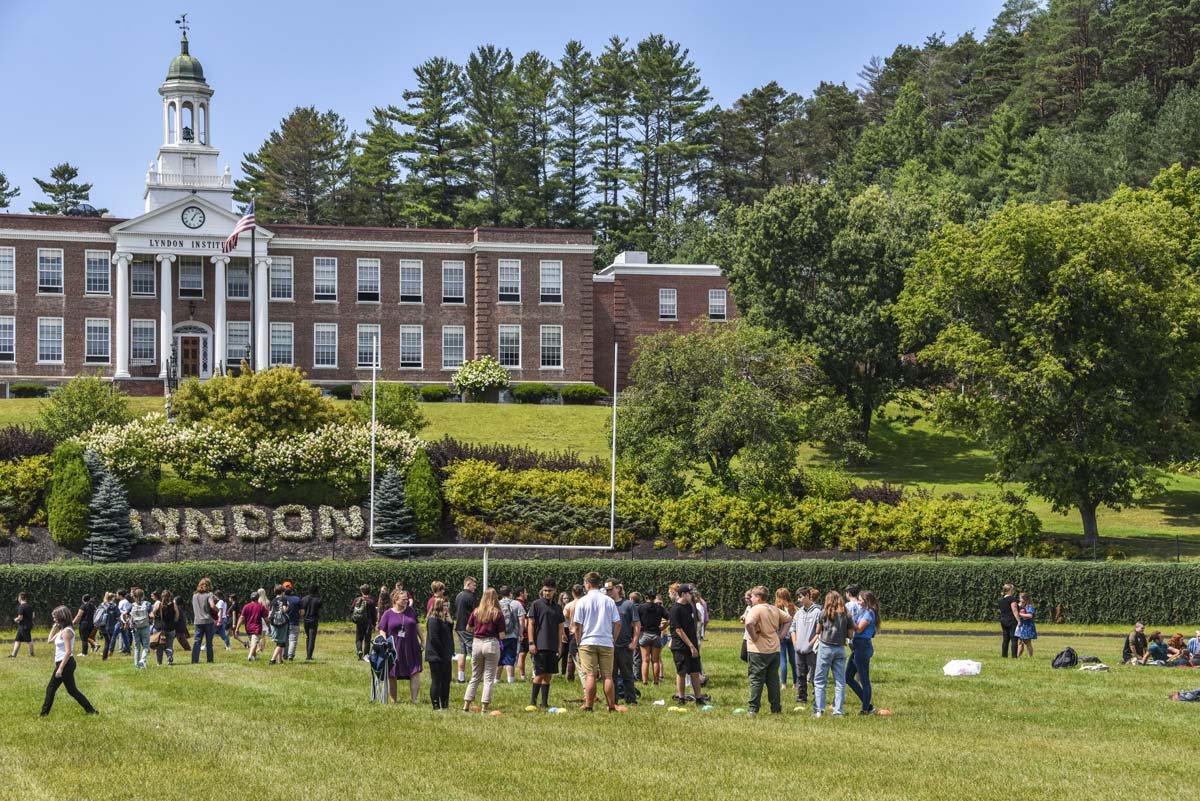- Our School
- Admissions
-
Academics
- Divisions and Faculty
- Commencement 2024
- January Term
- International Program (ESOL)
- College and Career Counseling
- Upward Bound
- Library/Monahan Academic Commons
- Career/Technical Education
- Lyndon Learning Collaborative
- Flexible Lyndon Institute Pathways (FLIP)
- Specialized Instruction
- Adult Continuing Education
- Lyndon Institute Course Catalog
- Student Services
- Arts
- Athletics
- Campus Life
- Support LI
- Alumni
« Back
Trees of Christmas Future at LI
December 15th, 2021
By David Stahler Jr.
The goal of Lyndon Institute’s Diversified Agriculture program, taught by instructors Jerry Leonard and Rob Heath, is to expose students to a wide range of topics. “We try to hit on as many types of agricultural practices as possible,” said Heath. “The days of focusing on small dairy farming are over. We’ve worked hard on branching out to explore different kinds of operations our students might someday wish to pursue—things like agrotourism, maple sugaring, operating food stands—either as full-time businesses or as seasonal hobbies and supplementary income streams.”
One part of this goal has involved including more forestry units in the program. Students have recently begun harvesting select pines from the forest behind the school, learning logging and tractor safety practices in the process.
Now, the program can add Christmas trees to the list.
The project started last spring when Leonard and Heath brought their students up to Matt Langlais’s farm on Sugarhouse Road in West Burke. Langlais, who also serves as the county forester, gave students a tour of his Christmas tree farm, describing both the benefits and challenges that come with investing in and raising the balsam firs. In addition to the presentation, students were given the opportunity to help plant several hundred trees. The class was given fifty saplings in return to help seed their own future tree farm.
“Right now, the trees are growing in raised beds,” Heath explained. “Next spring, we’ll transplant them into their permanent home.”
That home will be an area of land donated by the Elliott family in 2015 along the Passumpsic River behind what used to be the Lynburke Motel.
From the start, Leonard and Heath have approached this from both an agricultural and business perspective. Students studied the best place and lot size for their project, a spot of higher ground amidst an area prone to flooding encompassing 150 by 55 feet of square footage—big enough to support the 180 trees that they will eventually plant. This was followed by tests to determine the soil’s suitability for raising the trees and what kinds of fertilizers might be needed, as well as the costs.
“There were a lot of questions to consider,” Heath said. “How far apart to space the trees? How big do we want to grow them? What kind of equipment will we need to develop and maintain them?” Students were required to put together a proposed budget after looking at the costs covering the trees’ six to eight-year lifespan.
Students will each be assigned eight to ten trees a year to care for. Every new class will plant more trees until the lot reaches its maximum capacity, and eventually, new saplings will begin to replace harvested trees. Staggering the planting this way will allow students to learn how to tend to the trees at every stage of growth—from planting to trimming to harvesting.
The project was made possible in part with a generous donation from LI alum Ed Buschmann, who has been a strong supporter of the Diversified Ag program—and LI’s Career and Technical Education program in general—throughout the years. A fitting sponsor, Buschmann knows a thing or two about Christmas trees. He began planting balsam firs sixty years ago in his native Maine. Buschmann initially sold his trees wholesale to Rotary and Lions clubs before developing a “choose and cut” model after retiring from his packing business. His farm—the aptly named “Dun Roamin Tree Farm”—aims to be the last stop for families in search of a fresh tree at Christmas time.
The holiday season may now be upon us, but the project is just beginning. Eventually, future classes of Diversified Ag students will harvest and sell the program’s Christmas trees to the public, the sales of which will help support it. In the meantime, today’s students have learned some valuable lessons on how to turn a traditional Vermont farming practice into a potential source of revenue.
Posted in the category Front Page.

